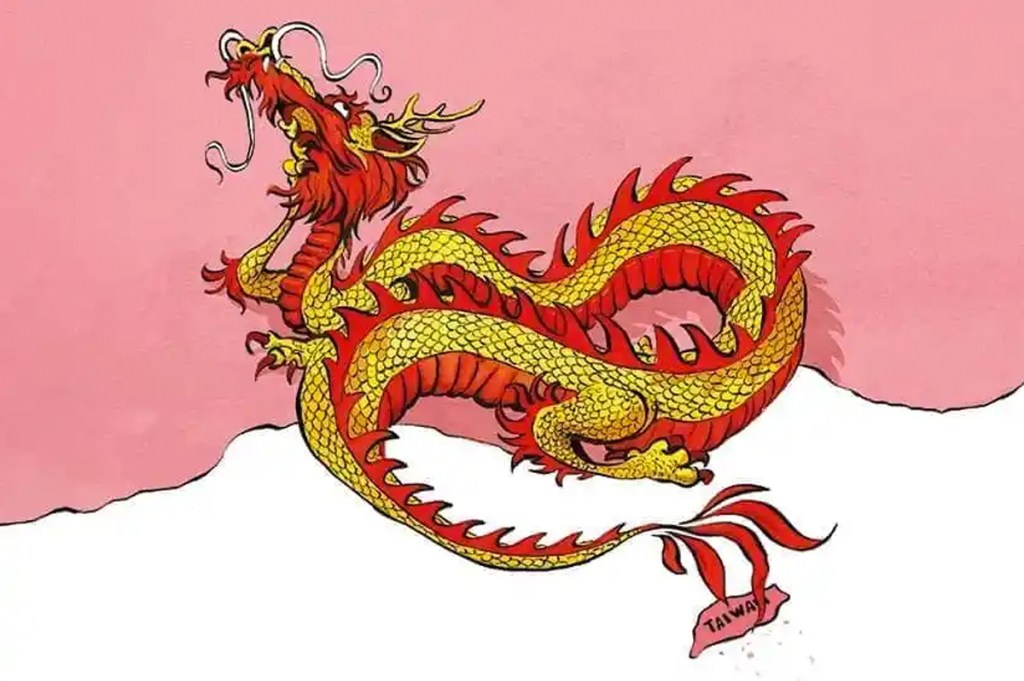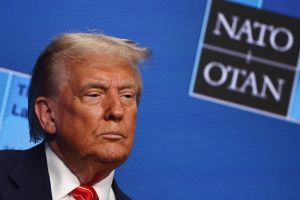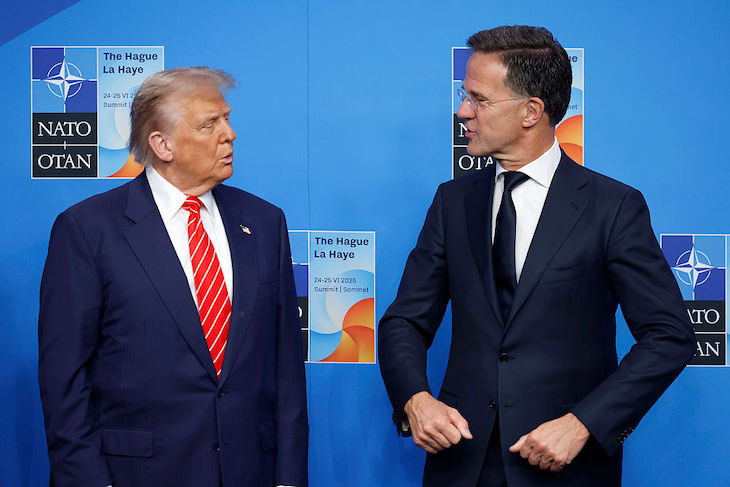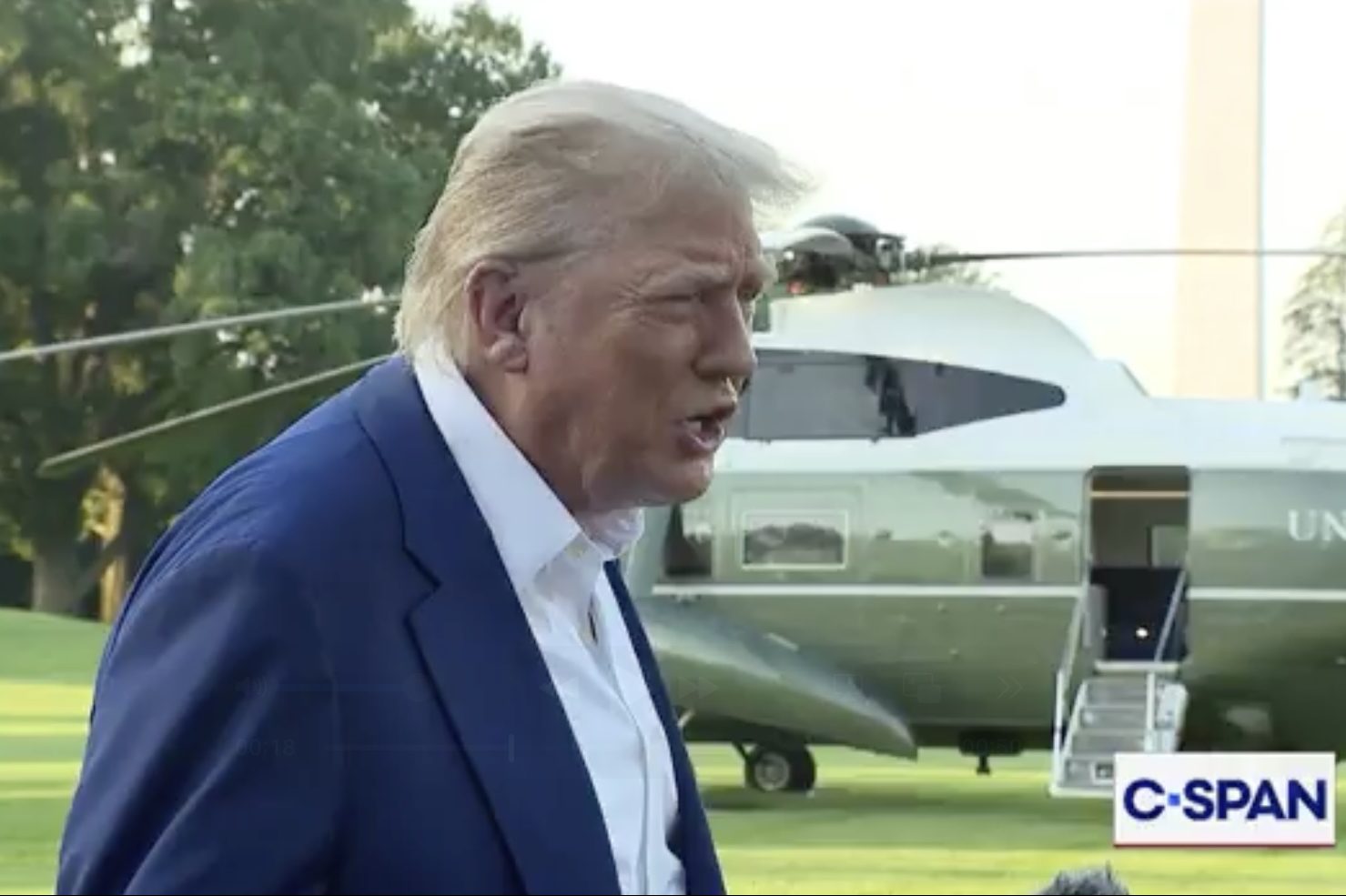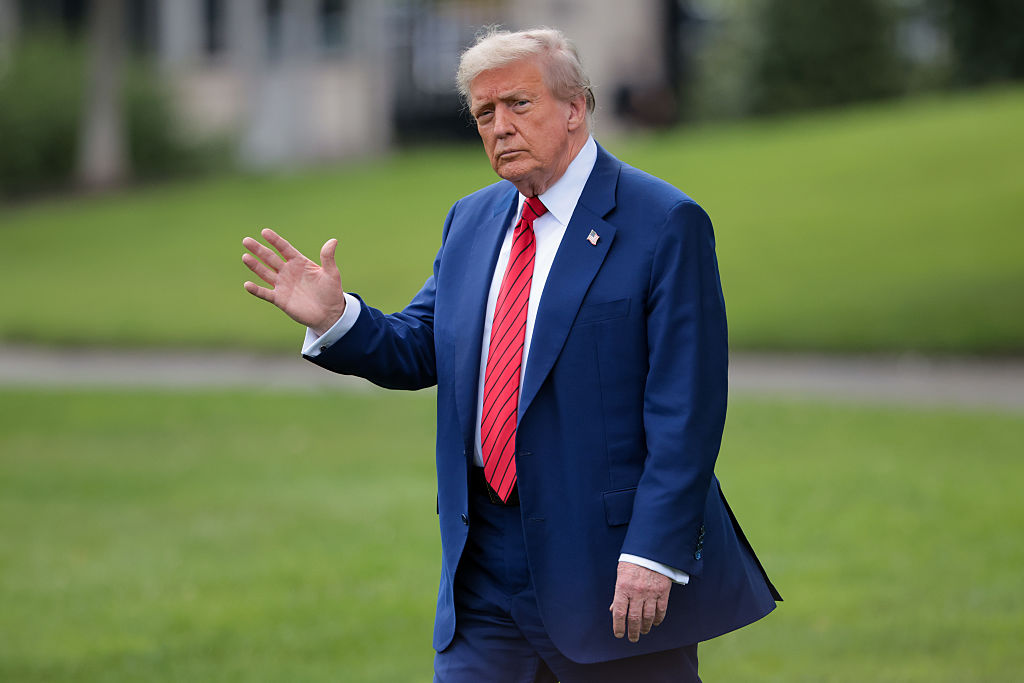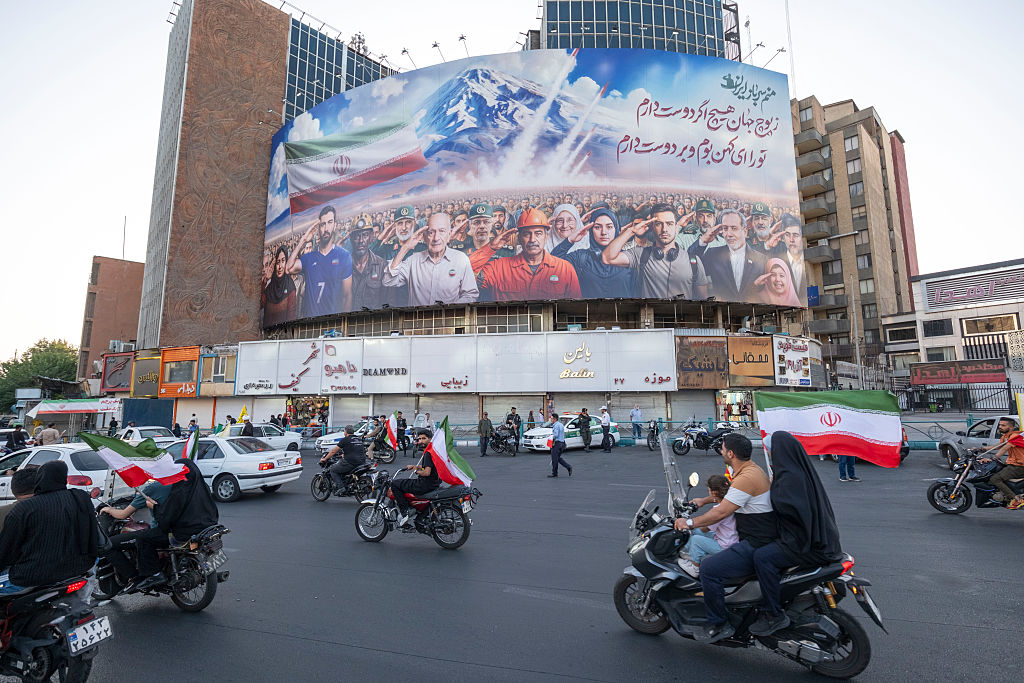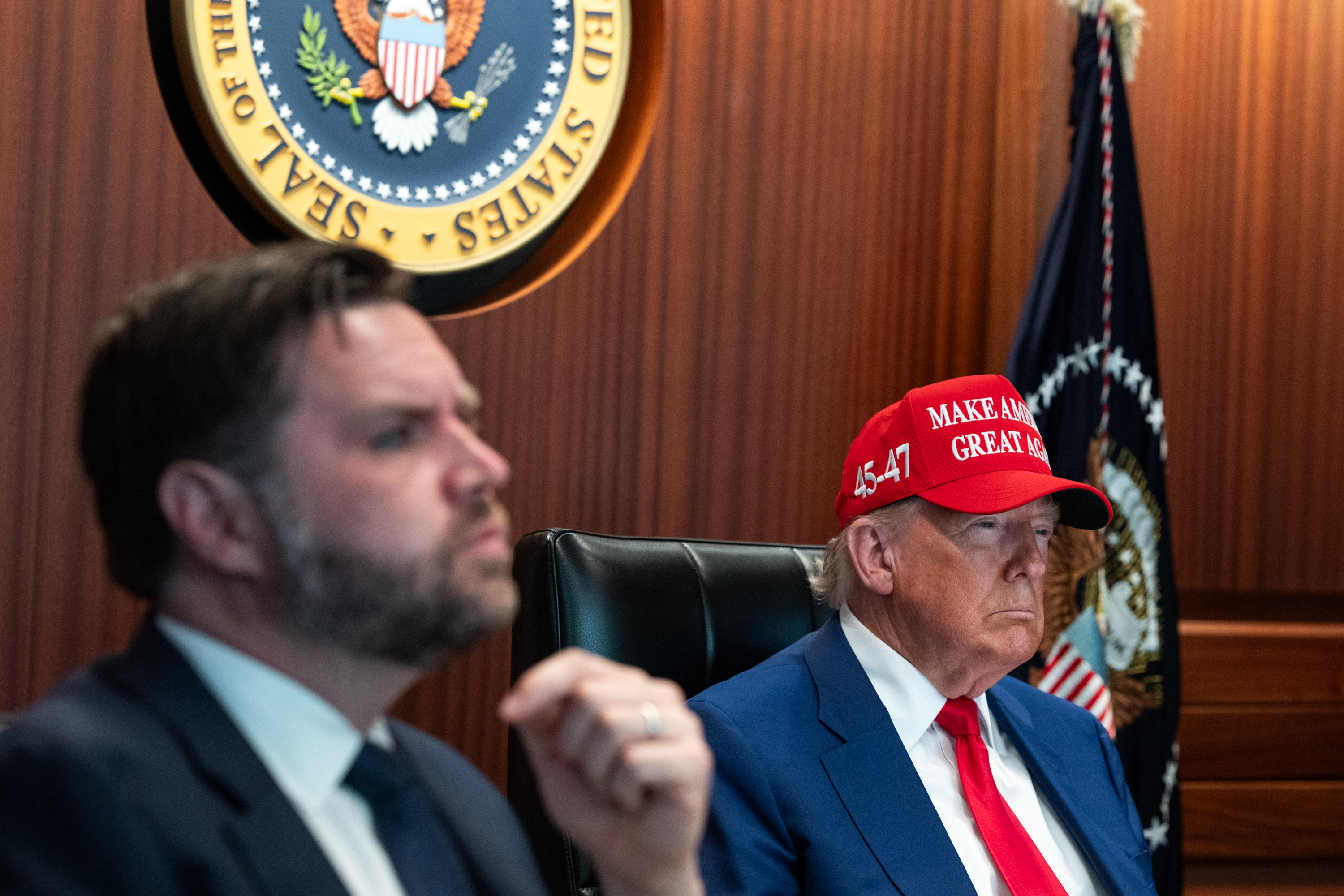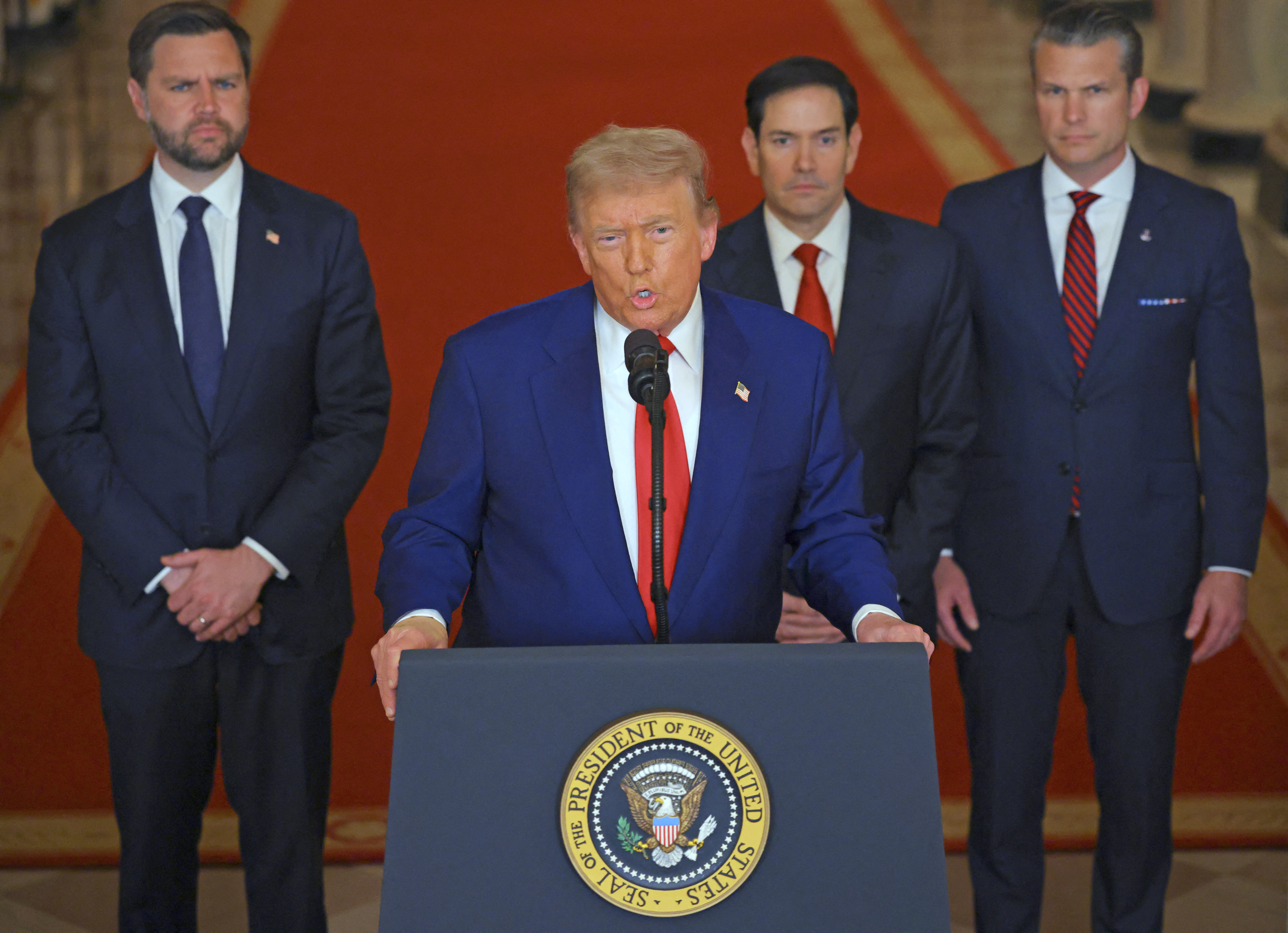It’s 2026 and China begins its invasion of Taiwan with an intense missile bombardment that in a few hours destroys most of the island’s navy and air force. The Chinese navy begins ferrying its main invasion force of tens of thousands of soldiers and equipment across the Taiwan Strait. But all is not lost. US submarines, bombers and fighter jets, reinforced by Japan’s Self-Defense Forces, rapidly cripple the Chinese fleet.
The People’s Liberation Army is defeated, and Communist Party rule in China destabilized, but victory for the US and its allies comes at an enormous cost. Chinese missiles destroy US bases in Japan and Guam; the US loses dozens of ships, including two aircraft carriers, hundreds of aircraft and thousands of servicemembers. Taiwan’s high-tech economy is devastated.
This is the most likely outcome of a war over Taiwan, according to military experts brought together by the Washington-based Center for Strategic and International Studies to wargame an attempted Chinese invasion of the island. They examined twenty-four different scenarios, the key assumptions being that Taiwan itself puts up an effective fight, the US is able to use its bases in Japan for combat operations and that the US does not hesitate to defend the island.
The US must “recognize the need to continue operations in the face of heavy casualties. In three weeks, the United States will suffer about half as many casualties as it did in twenty years of war in Iraq and Afghanistan,” the report notes, in one particularly chilling paragraph.
The report notes that a direct clash between the US and China would constitute the first between nuclear powers and also the first in which both sides possessed the full spectrum of modern military capabilities, such as stealth aircraft, long-range precision munitions and space surveillance. Its “base case” assumes that while the US will attack targets on the Chinese mainland, these will not be preemptive attacks and will be limited to air bases and ports engaged in the invasion, in order to avoid nuclear escalation.
The CSIS report is only one of a series of attempts by think tanks to wargame a conflict over Taiwan, most of which indicate no quick victory for either side. The US military itself runs its own classified gaming. In one case, in 2020, the US side “failed miserably,” according to US Air Force General John Hyten. The scenario was never publicly disclosed, but Hyten seemed rather pleased with the result. “We have to make sure that we fail, and we fail quickly, and we learn from our failures and move fast,” he said in a speech at the time. In other words, the most important thing from the game was to reveal the conditions under which the US lost and to learn from that.
And therein lies the paradox of wargaming. The purpose of the game is not so much winning or losing, but about the process — the value being in what is exposed along the way. In modern warfare that process can be fiendishly complicated, and no more so that in the waters around Taiwan. The CSIS recommends strengthening deterrence, both in terms of US preparedness and Taiwan’s asymmetric capabilities. This is frequently described as the “porcupine strategy” and consists of equipping the island with the sort of low-cost high impact weapons, from drones to smart mines, to cause maximum damage to the invaders and effectively make Taiwan indigestible.
While they can use computers, modern wargames are not computer imitations of combat. Nor are they brainstorming sessions or field exercises of the type of China routinely conducts around Taiwan. They are interactive events involving experts, bound by tight rules and scenarios. They have been traced back to ancient Rome, early Iraq and imperial China. The Prussians army in the 1880s invented Kriegsspeil, a table-top training exercise used to wargame various scenarios and plan strategies for battles and campaigns.
Can they really guide strategy? Or help understand modern war in all its complexities, where decisions have to be quickly made on a on a rapidly evolving battlefield? Leadership in such conditions is a vital factor, and the PLA (a branch of the Communist Party) is untested in modern warfare and rigid in its organization. As Vladmir Putin has demonstrated with his Ukraine aggression, dictators cannot be assumed to be rational actors.
Estimates vary, but anything between 300,000 and 2 million combat troops, along with thousands of tanks, artillery pieces, rocket launchers and armored personnel carriers would need to cross the Taiwan Strait. It would be an operation of unprecedented size and complexity, and the preparations would be impossible to hide. Ian Easton, a Taipei-based analyst who has studied PLA writings on Taiwan, likens it to a deadly relay race in which every team member must perform at their best and dropping the baton at any time could be fatal.
Perhaps Taiwan’s most important allies are the island’s geography and the climate of the Taiwan Strait. The coastal terrain is a defender’s dream, with only fourteen beaches regarded as suitable for an amphibious landing. Most of the east coast is made up of cliffs, while beaches on the west coast are lined with densely populated towns, mud flats, paddies or other coastal ponds.
For this reason, China may not initially opt for a full-scale invasion. It may seize smaller Taiwan-controlled islands closer to China and blockade the main island. If Taiwan has its “porcupine strategy,” China has its “anaconda strategy,” whereby it progressively squeezes until the island loses the will to fight. Beijing is already engaged in a form of gray warfare against the island, with routine military intimidation, cyber-attacks and disinformation campaigns — all likely to intensify ahead of presidential elections in Taiwan next year.
Last year, when then-Speaker Nancy Pelosi visited Taiwan, China responded with massive military drills — encircling the island in what amounted to a rehearsal of a blockade. There may well be a similar reaction if as expected Pelosi’s successor Kevin McCarthy meets Taiwan’s President Tsai Ing-wen in Los Angeles later this week. Think tankers will no doubt pore over the Chinese drills, looking to see if they can be built into future wargaming scenarios. Yet if China’s behavior around Taiwan and second-guessing its future intentions tells us anything, it’s just how hard they are to fit in into a table-top game.
This article was originally published on The Spectator’s UK website.



